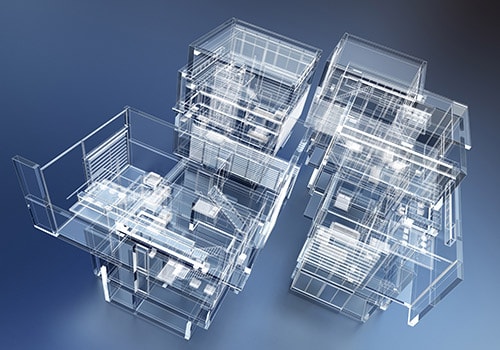Here are the construction industry technology trends 2020 according to experts.
The beginning of the year is traditionally the moment in which trends for the New Year are anticipated in all sectors; we will focus on what, according to experts, will be emerging construction technology trends 2020.
It is a fact that the construction sector has undergone a significant and radical change in recent years: it is enough to look back a few years ago to notice the remarkable progress made.
The construction supply chain must face increasing challenges, especially in terms of costs, building sustainability and project management, but also (and above all) in terms of the quality of buildings and processes.
Concrete and competitive results can be achieved by introducing efficient strategies and technical innovations that allow qualitative improvement of the way of working in construction. The implementation of digital technologies responds to this need.
According to many, this 2020 should be a turning point: what is expected is that a data-based sector with special attention to collaboration and real-time communication is just around the corner. Only then, those interested in construction can expect greater productivity and fewer project delays.
Emerging technologies under construction sector for this 2020
BIM will continue to grow
The BIM is always, without a doubt, one of the technological trends in the ‘ top ‘ construction sector also for this 2020. It is not surprising if we take into account the fact that an open and highly collaborative data ecosystem is emerging.
BIM technology could be the catalyst for a fundamental change in the way we think, design, develop and manage a construction project. There are many different programming levels enabled through BIM. 4D and 5D are two very representative examples in that direction.
From a general point of view, the BIM will provide greater precision in the construction process and will allow the exchange of important information about the project among the numerous stakeholders. In addition, its greater evolution is expected to make construction projects more productive and affordable by including revolutionary sustainability and security measures.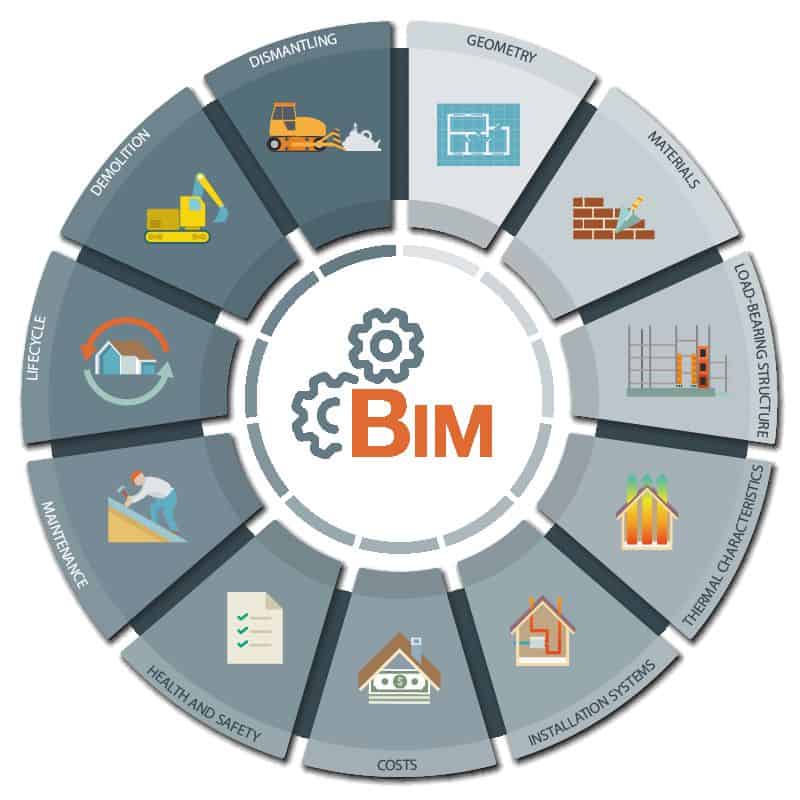
It is clear, therefore, that the BIM could function as a turning point for construction and offer a detailed representation of the project development in an open and highly collaborative environment.
GOOD TO READ: New Technology Trends in Construction Industry
Emerging technologies in construction: virtual reality and augmented reality
The digital revolution that took place with BIM modeling that, in addition, is already rich in information about the entire life cycle of the building, can be further enriched through virtual and augmented reality.
Virtual, augmented and mixed reality technologies are helping to fuse the digital and physical world around us, both through a sensory overlay, and by exploiting the ability to introduce digital elements into the environment and create virtual worlds.
Virtual reality has been used for several years (think of the games), but it has begun to spread in the construction sector only in the last 2-3 years, with new and growing applications that will certainly be used in the future.
It allows designers, companies and clients to experiment first hand to obtain a more accurate evaluation of the project. It helps provide a digital visualization of our real world with additional data to improve the experience and allow a 360 degree view of the project.
Virtual reality, or virtual reality (VR), in fact, reproduces the real world in a digital environment, using photos, rendering, 360 ° videos. The new digital technologies have allowed us to navigate in photorealistic environments, allowing also to interact with the objects present in real time. It is based on the use of technologies that create a simulated environment; Unlike augmented reality, the world we visualize is fully digitally created.
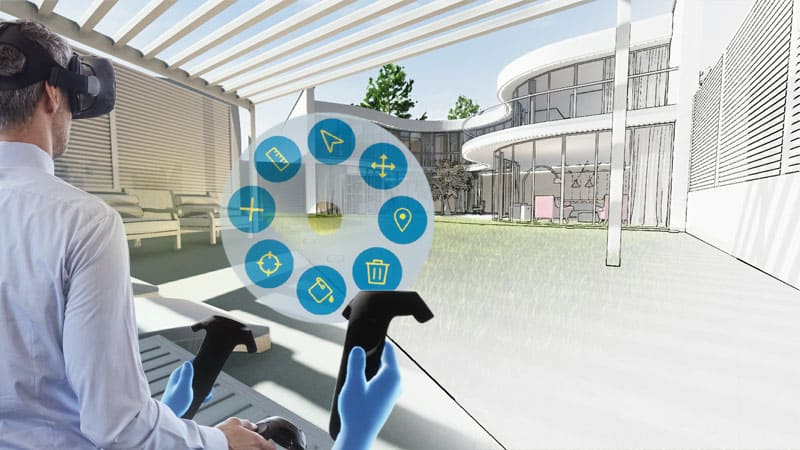
If virtual reality is a trend of recent years that, in this 2020, will find definitive consecration in the construction sector, the real emerging trend of 2020 will be augmented reality, due to the uses and advantages that it entails.
Augmented reality, or augmented reality (AR), allows the superposition of digital information in the real environment through the use of 3D viewers / glasses, smartphones and tablets.
Thanks to the interaction between photos and videos of the real environment with 3D models, it is possible to ‘improve’ the images with details and additional information (technical data sheets, construction details, information on materials, prices, examples of real applications, etc. ) creating a true “virtual model”.
It is something that is meant to open many new opportunities for the construction industry, revolutionizing the way things are designed and built: a trend that will definitely emerge in the coming years
Emerging technologies under construction: collaborative platforms and data ecosystem
The real-time collaboration software must act as a ‘digital backbone’ for the construction process from start to finish. It is already considered as an essential component of the entire construction process.
However, its impact on the construction sector is expected to increase substantially in the near future. It is useless to say that data played a fundamental role in this paradigm shift in construction.
The emergence of a data ecosystem in which all stakeholders in the sector will collect and share data, experiences and knowledge of the project is closer than we might think. And it is no exaggeration to say that it is the only way to go.

The ability to integrate existing processes and systems into a single fully connected platform can improve the way you work. In this way, the numerous software solutions adopted for the different functions and specific disciplines during a construction project can be easily combined in one place.
The use of digital tools facilitates the accumulation of this valuable information and, by extension, the minimization of delays, rework rates and communication errors between the construction site and the office.
Second part of the study of the main trends of 2020 in technologies for the construction industry according to experts
After BIM, immersive and augmented virtual reality and collaborative platforms ( read here ), we continue our analysis of what, according to experts, will be the ten main trends in construction technologies for the year that has just begun.
In this article we will talk about drones, the cloud and mobile technologies , modularization and 3D printing ; technologies that have been talked about for some years and that are already present in the works: experts believe that 2020 will be the final year of its consecration and, therefore, of its mass dissemination in construction.
Drones
Drones are small remote-controlled airplanes (the pilot can be on the ground or even on another plane) and they certainly represent one of the most innovative technological creations of recent years.
One of the sectors in which they are decidedly useful is that of construction, both in the design phase of new buildings and during the completion of the work. Those who design houses and buildings of all kinds work in considerable dimensions, which also extend vertically. A drone for topographic surveys and photographic shots represents an important technological aid to carry out measurements in the territory and controls on site.
Site inspections with a properly equipped drone are increasingly widespread and in demand. According to Goldman Sachs, work inspections in the four-year period between 2016 and 2020 represent the most widely used application of drone technology, remotely piloted aircraft systems, with a total turnover of approximately $ 11 million.
This is an operation that allows monitoring the progress of the work and carry out controls that guarantee the safety of the structure; to a lesser extent for preliminary design, quality control, bidding process, prevention and mitigation of risks in the workplace.
The data collected is also used for the integration of maps and models in the unstoppable BIM technology.
The speed of data acquisition, practically in real time, is the basis of the reasons that lead to the adoption of the drone in construction, which allows for timely action on any problem before it is difficult to solve and affects costs and especially in the quality of the work.
Schematically, in the construction sector, drones show an obvious utility for:
- conduct aerial studies to support the design;
- develop inspections and controls;
- carry out the energy and facilities diagnosis;
- verify the operation of photovoltaic systems;
- make photographic reports;
- supervise the work;
- transport materials to work;
- Create new buildings
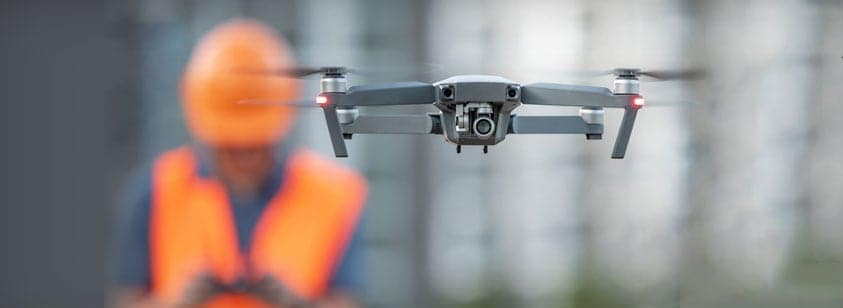
Cloud and mobile technology
Among the main trends in construction technologies we cannot ignore the cloud. Only a few years ago, most people did not know or could not explain what it was, today it is no longer the case.
In fact, most mobile devices can take advantage of cloud technology anywhere, anytime. There are many great advantages to this, including the storage of almost unlimited amounts of information that can be shared instantly with the touch of a button.
Also in the construction sector, the recovery of efficiency and productivity, the development of the market and the improvement of security aspects, are already beginning to pass through the possibility of making the entire supply chain intelligent and interconnected, transferring data and information through the network.
The cloud allows to share the data of a construction site in real time with all those involved in the construction of a building. The technology consists of a review tool for engineers and architects, which digitizes the design review process in construction projects and allows for better collaboration.
Working in the cloud in architecture, engineering and construction, means exploiting your efficiency and collaboration skills with the BIM workflow.
Modularization and 3D Printing
The use of digital technologies can no longer stop at the designer’s work, but it also becomes a key factor in the work, both for the management of resources and materials as well as for the control of workers’ time and safety.
That is why modularization and 3D printing are among the main trends in construction technologies, with a construction sector that becomes circular.
Important advantages in terms of time, costs and productivity are achieved through a rational process of standardization, modularization and prefabrication in an organized context with high efficiency, in which, the same workers who work in the work, today work better in the factory. By transferring production indoors, we reduce periods of inactivity, usually due to weather conditions, and increase the accuracy of the final product.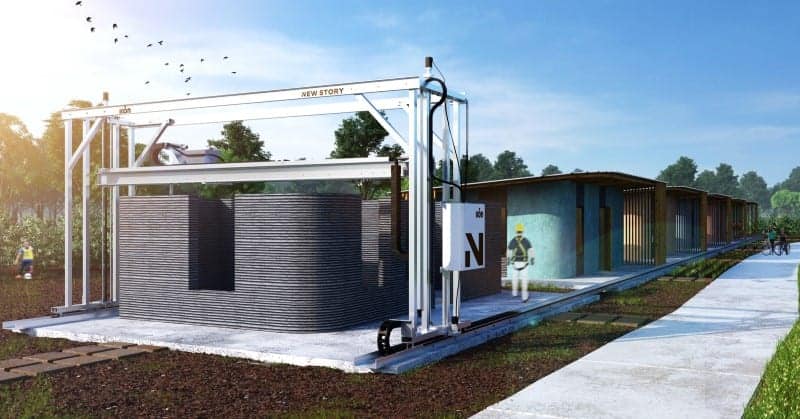
Here is the development of the design with interchangeable modules and the evolution of the construction sites, obtained on the one hand by adding a layer of digital intelligence and on the other transforming it into an assembly terminal for off-site construction, carried out largely in factory, with important advantages in terms of efficiency and environmental impact.
Linked, and therefore initially limited by the choice of material that could be used for the production of components of any nature (mainly plastics, resins and ceramics), today the process of technological evolution allows to pass this obstacle, also allowing the direct printing of traditional materials. Used in the construction industry, such as clays, concrete and even steel.
According to modern energy saving and sustainability problems in the construction sector, 3D printing has the potential to substantially encourage optimization in resource management and reduce production times and costs, as well as waste of materials cousins.
The 3D printing of structural and non-structural components, allows direct production on site, as well as the production of unique pieces, made for specific supply with particular design and finishing characteristics.

